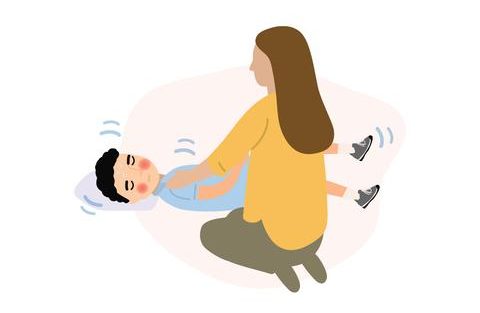Are you a Parent?
DO YOU HAPPEN TO KNOW A CHILD WHO HAS HAD A FIT IN THE PAST? It could be very frightening and disturbing to see your child having a seizure particularly if it’s their first one. Febrile convulsions are fits that happen after the child has a fever. Febrile fits are usually harmless when it happens within a few minutes (less than 5 minutes) and almost all children make a complete recovery afterward, but it is important that you take some precautions and prevent reoccurrence thereafter.
Signs of Febrile FITS Febrile fits occurs at high temperatures usually greater than 38.5 degrees Centigrade. During the fits, the child could:
- Become stiff and there may be twitching of the arms and legs
- perioral or periocular movement.
- Have upward rolling of the eyes.
- They may wet or soil themselves.
- They may vomit or foam out from the side of the mouth
- After most seizures, the child would fall asleep.
- Occasionally febrile seizures could last longer than 15 minutes.

What should you do during a fit?
- Ensure that the child is in a safe environment (i.e remove all harmful objects around)
- Lay the child on the side to prevent aspiration.
- Stay with the child and note the time the fit started.
- Do not carry out harmful practices such as putting objects into the mouth, pouring animal urine or oil on the child.
- Take the child to the nearest hospital.
- Even if the fit has stopped, it is very important that the child is taken to the hospital for further evaluation, possibly to rule out other causes of fit such as meningitis etc.
Febrile fits can be PREVENTED by:
Checking the child’s body temperature intermittently using a thermometer especially if you suspect a fever.
Explore measures to bring down the fever such as exposing the child (taking off the child’s clothing), bathing, using wet clean cloths/towels on the child’s body.
Give medications that can help lower body temperature such as paracetamol.
Take the child to the nearest hospital if fever persists.


